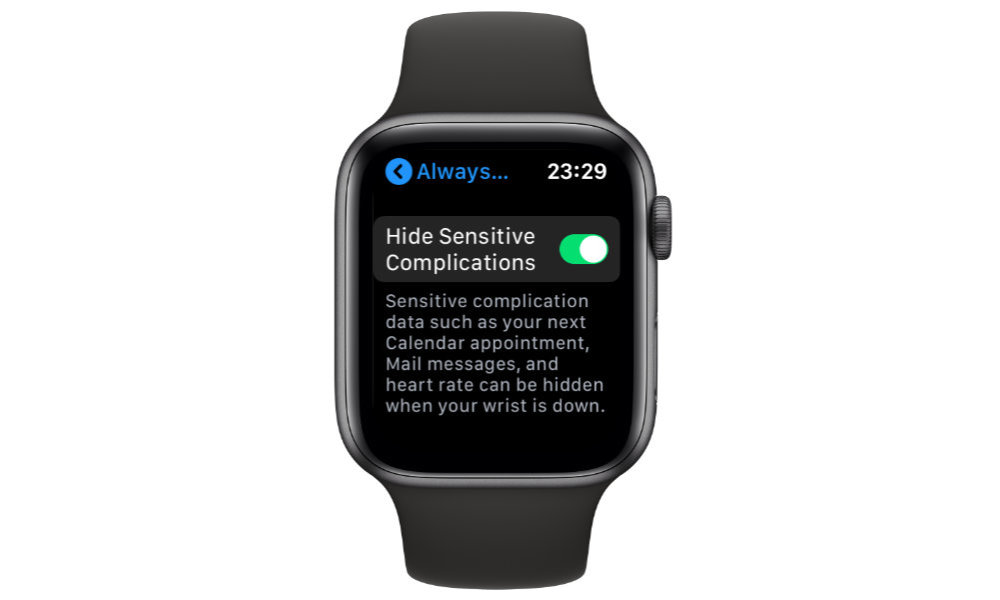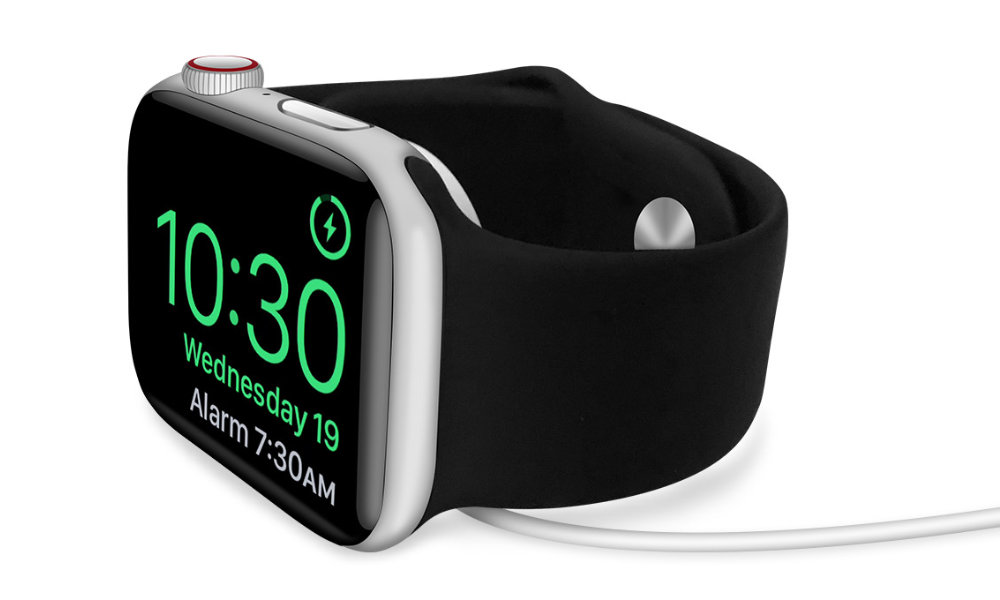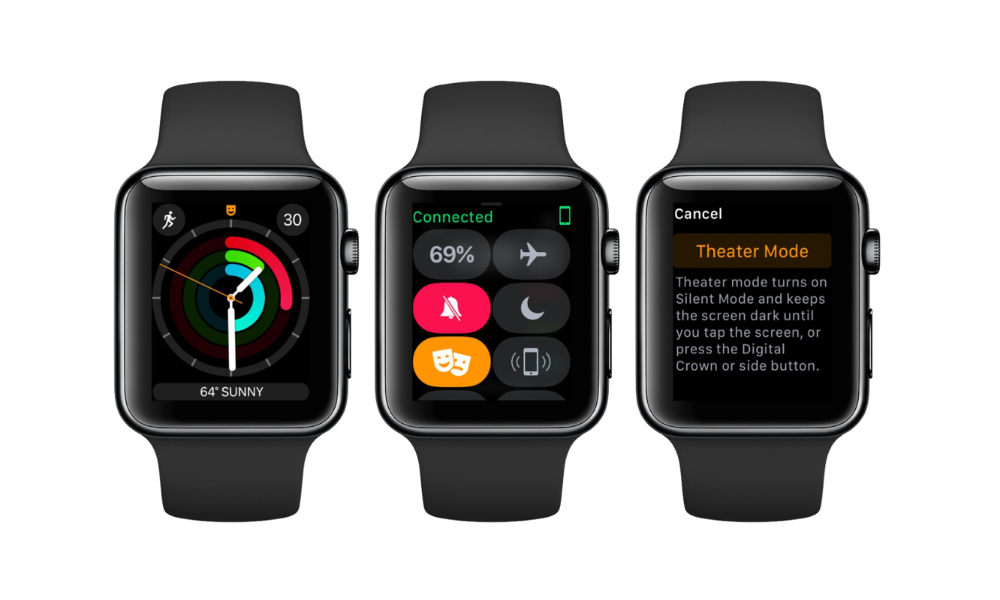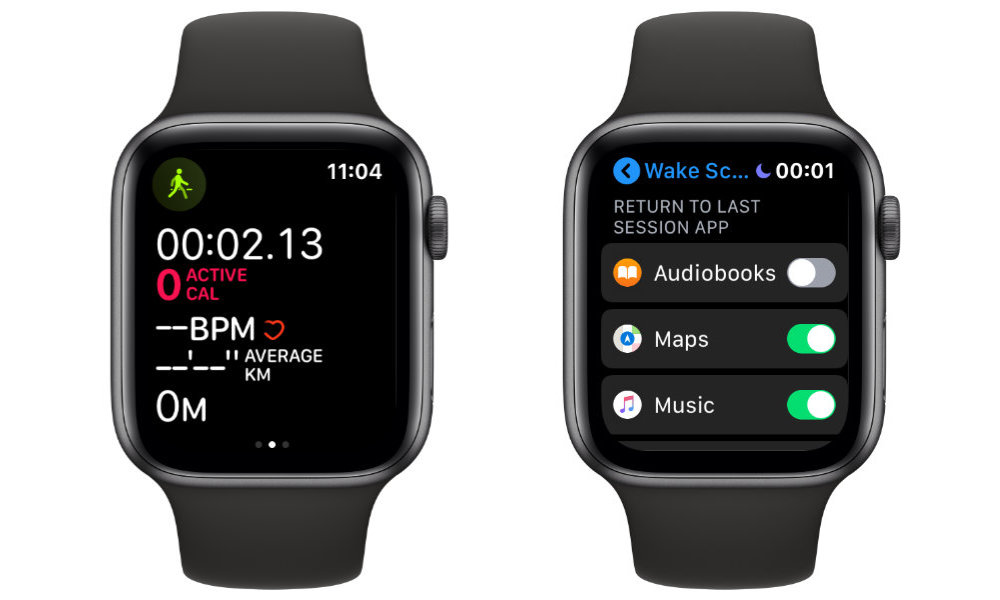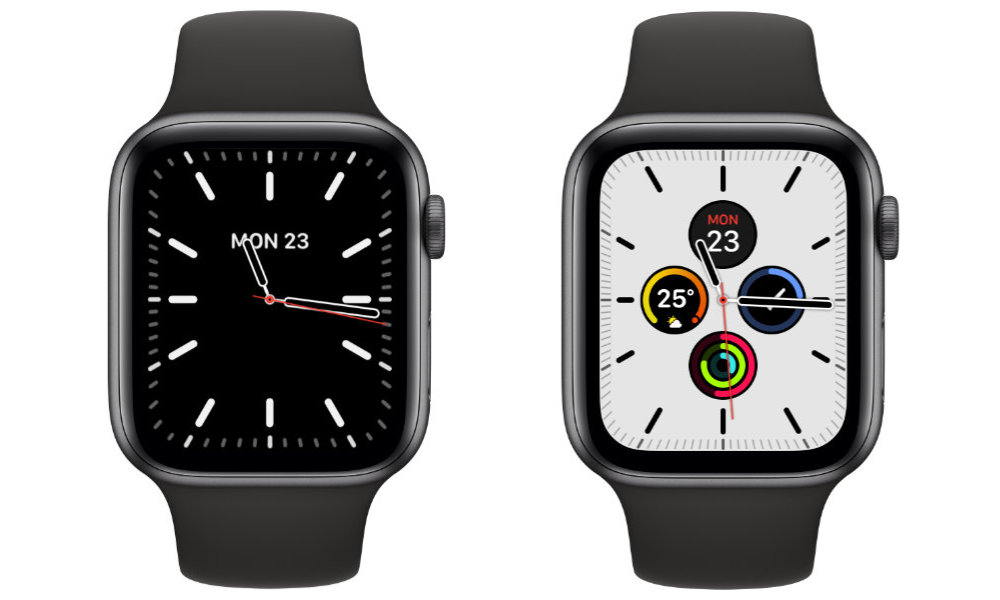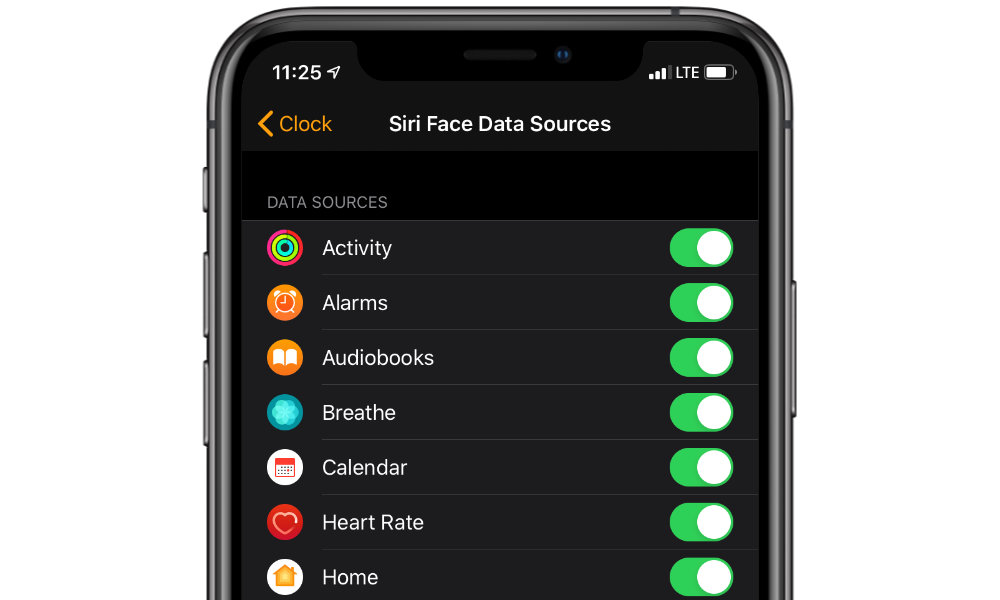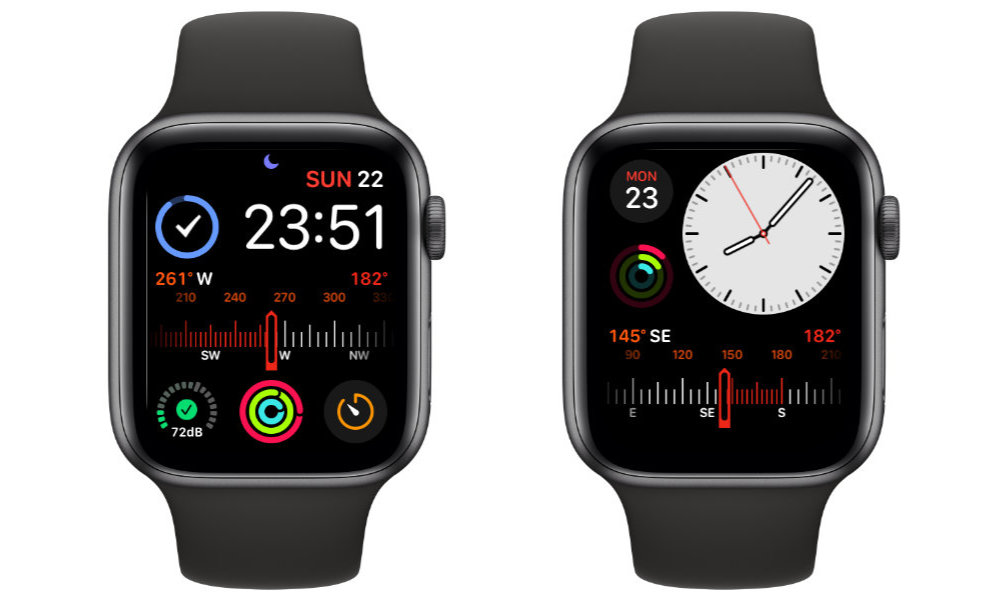7 Tips for Getting the Most out of Your Apple Watch Series 5
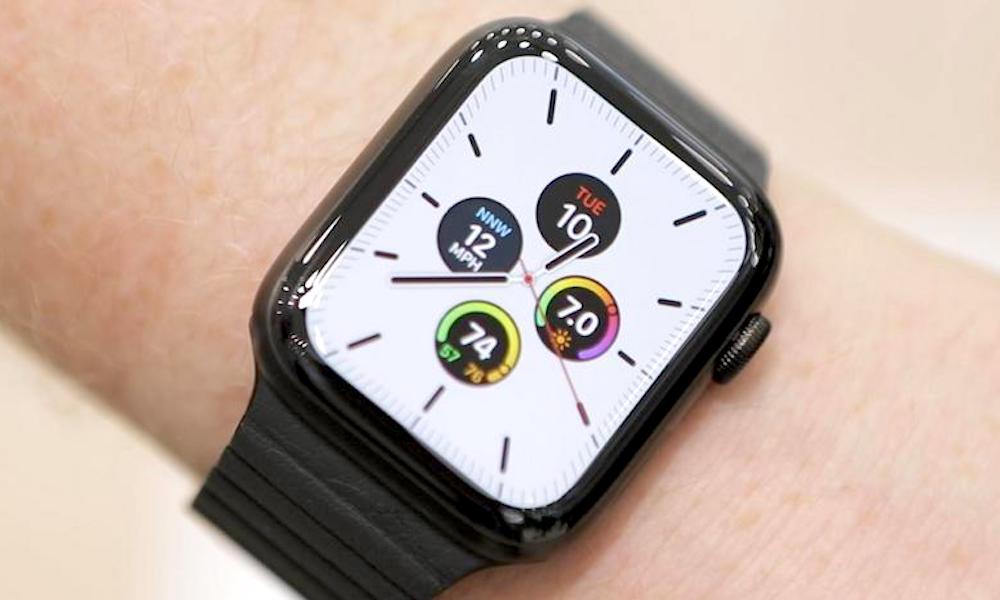 Credit: TechCrunch
Credit: TechCrunch
Although some panned Apple’s newest wearable, the Apple Watch Series 5, as being a somewhat minor update to last year’s Series 4 model, it’s actually a pretty compelling buy for anybody who may have passed on the Series 4 last year, since it brings all of the features and design improvements of that model while adding an always-on display that could seriously change the way you use your Apple Watch.
If you’ve already picked up an Apple Watch Series 5, or are thinking about getting one, read on for some useful tips on what’s changed in the latest and greatest Apple Watch.
Hiding Sensitive Information
For both power conservation and privacy reasons, notifications do not appear on the always-on display — instead, you have to raise your wrist or tap just as you would have with prior Apple Watch models. This is a good thing, in our opinion, but it also took us a bit of getting used to, since the brain processes a dimmed screen differently from a completely black one.
However, this only affects notifications, and if you’re concerned about other people being able to see information from your watch face complications, such as upcoming calendar appointments or tasks, there’s actually another setting that you’ll need to enable. Simply head into your Apple Watch Settings app, select Display & Brightness, Always On, and then turn on Hide Sensitive Complications.
With this setting switched on, complications for things like calendar appointments, upcoming reminders, emails and messages, heart rate, and activity rings will be hidden when the screen goes into standby mode. The same applies for cards on the Siri watch face. In addition to protecting your privacy, this also has the added advantage making the screen seem a bit less cluttered when in standby mode.
It’s not totally clear how this works with third-party complications, however, and it’s a bit of a mixed bag right now. For example, the task manager Things fades out appropriately, yet the heart rate app Cardiogram remains visible.
Nightstand Mode
Sadly, Nightstand Mode doesn’t take advantage of the always-on display at all. In some ways this is only a little bit surprising, as this is something that Apple likely could have added years ago; since Nightstand mode only engages when the Apple Watch is actually on the charger, battery life isn’t an issue here.
However, on the Apple Watch Series 5, Nightstand mode works in the exact same way as on prior Apple Watch models. The screen will automatically shut off after a predetermined time interval, so you won’t be able to simply wake up and glance at the time like you could from a bedside clock, although it does come on when it detects any motion at all, so a simple nudge of your bedside table is usually enough to light it back up, and just like with older Apple Watch models, if you have an alarm set, it will gradually illuminate as your wake-up time approaches.
It’s unclear why Apple has chosen to not extend its always-on display to Nightstand mode, although it’s possible that there’s a technical reason for it related to screen life or screen burn. It’s worth noting, however, that if you wear your Apple Watch to bed, the screen will remain on just like it does when you’re wearing it during the day.
Theatre Mode
Theatre Mode, which debuted back in 2016 as a means of making sure that your Apple Watch screen stayed off in a dark room even when you raised your wrist, is even more useful — and arguably necessary — now on the Apple Watch Series 5; in fact, other than disabling the always-on display feature entirely, Theatre Mode is the only way to turn the screen off.
In reality, it works the exact same way as on older Apple Watch models. It turns the display off entirely, and leaves it off unless you explicitly tap it to light it up immediately or turn the digital crown to gradually illuminate it.
In-Session Apps
Hidden within the watchOS 6 settings, there’s also an option to choose which apps will stay live on your Apple Watch screen when “in session.” For example, when in the middle of a workout or on a call, listening to music, or navigating in Maps.
When switched on, these apps will “take over” the watch face when you’re in the middle of a session in them, however only one of them actually takes advantage of the always-on display: Workout. During a workout activity, it will remain on-screen, even when in standby mode, although like the second hand on the analog watch faces, when you lower your wrist the seconds counter on the timer will be hidden in order to preserve battery life. This is due to the new display in the Series 5 which only refreshes once per minute when in standby mode.
Other in-session apps, when enabled, will still remain active on the screen in the background when in standby mode, but will be blurred out with a digital clock overlay shown instead, returning when you raise your wrist. This works much like it did with prior Apple Watch models. It’s also worth mentioning that there are no APIs in watchOS 6 for third-party apps to take advantage of the always-on display, so for now Workout is the only one that will get this kind of special treatment.
New Watch Faces
There are several new watch faces in watchOS 6, which have clearly been designed to take advantage of the always-on display. Now that the screen stays on all of the time, we can certainly understand how many people will want their Apple Watch to look more like a traditional watch and less like a computer screen.
California, Gradient, and Meridian all look absolutely great on the subdued always-on display, providing a nice sense of style, especially in the square full screen mode. Also, it looks like Meridian isn’t in the iOS 13.0 Watch app yet, so for now at least you’ll need to set it up directly from the Apple Watch.
Siri Sources Have Moved
If you’re a fan of the Siri watch face, you may be perplexed to discover that there no longer appears to be anywhere to switch individual data sources on and off. For example, if you’d rather not see cards for photo memories, or you want to switch to an alternative weather app, these settings could previously be found in the configuration for the Siri watch face itself.
Don’t despair, however, the settings are still there, but for whatever inscrutable reason, Apple has chosen to move them to the general Clock settings in the iOS 13 Watch app without telling anyone.. You’ll find a new section at the bottom named Siri Face Data Sources that provides all of the same controls as before. As an added bonus, it can also be found in the same place in the Settings app on the watch itself now too.
When it comes to privacy, Siri watch face cards are also subject to the same treatment as complications, which means that if you enable Hide Sensitive Complications in Settings, any potentially sensitive Siri cards will be hidden as well wherever you lower your wrist, although as with complications, your mileage may vary when dealing with third-party apps.
Compass Complication
Since the Apple Watch Series 5 now includes a compass, there’s also a complication to go with it. In small form, it provides a simple rounded direction arrow, but it can also be placed in the larger complication slot on one of the three “modular” watch faces — Modular, Infograph Modular, and Modular Compact — where it will provide a pivoting compass view instead. This can be handy for activities like hiking when you want to quickly get your orientation without having to open the full compass app.

